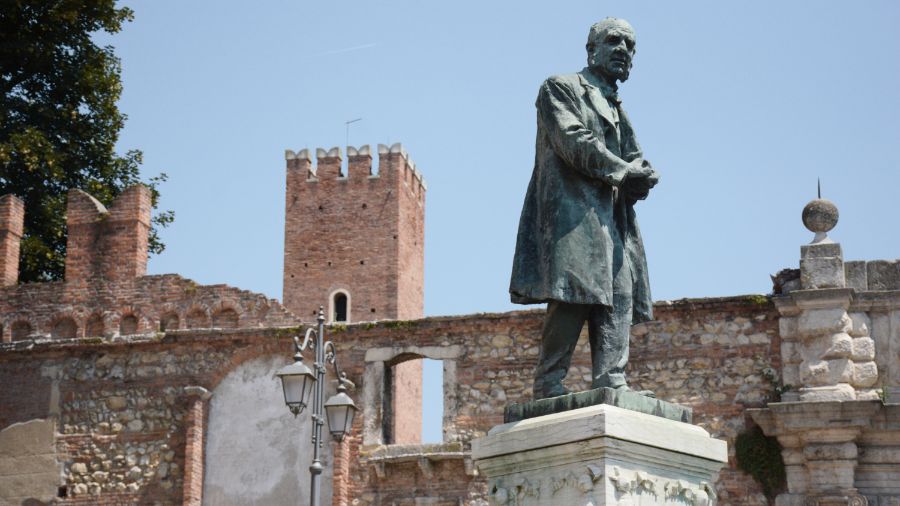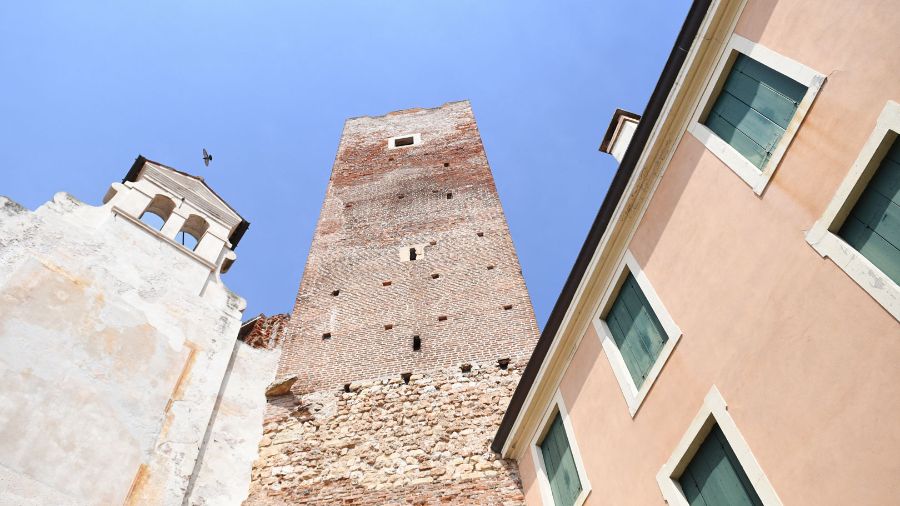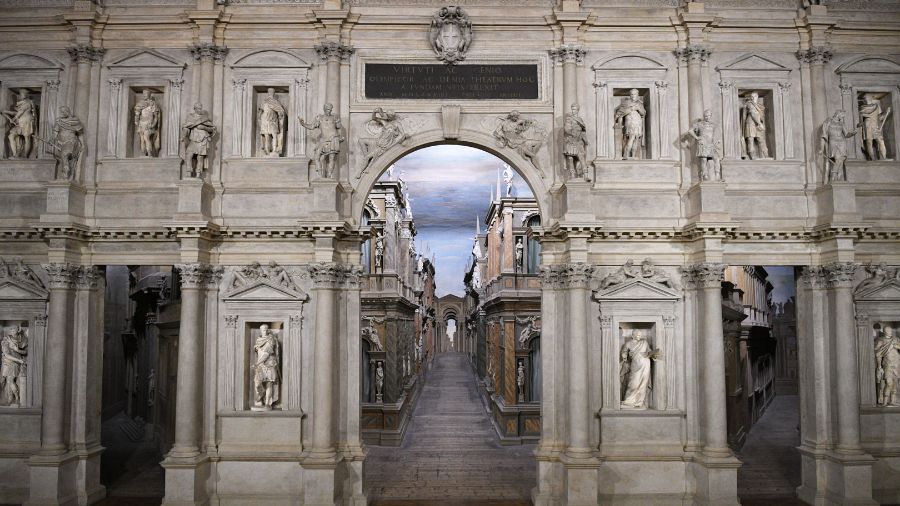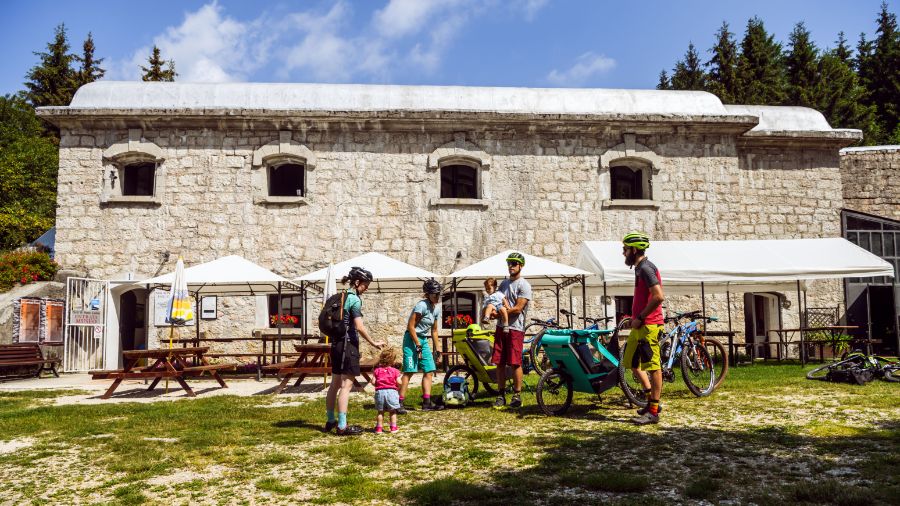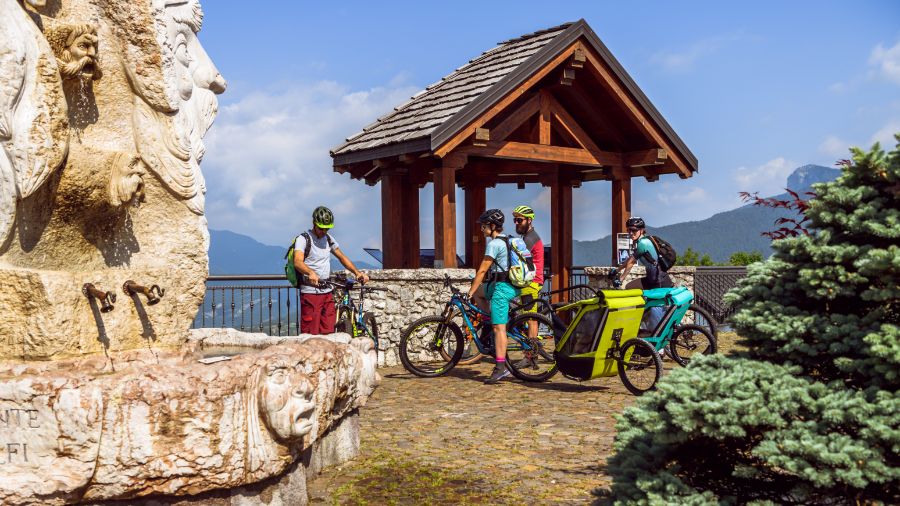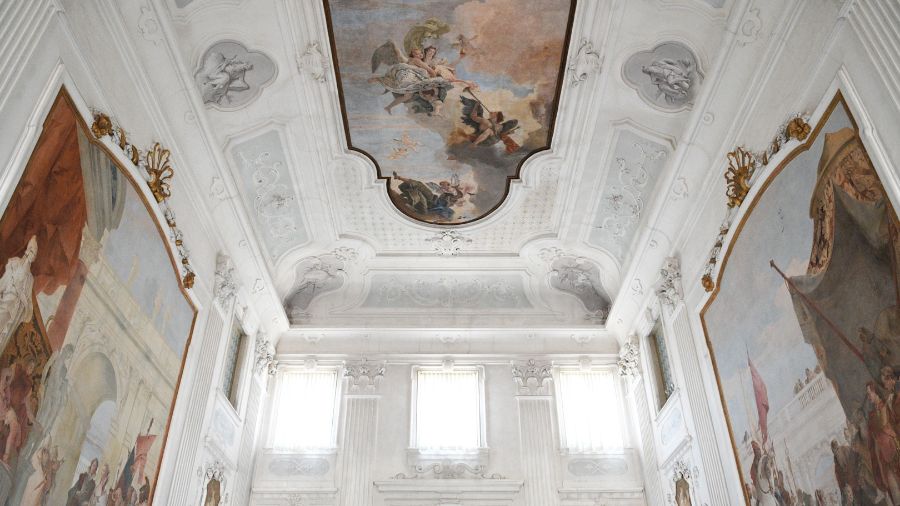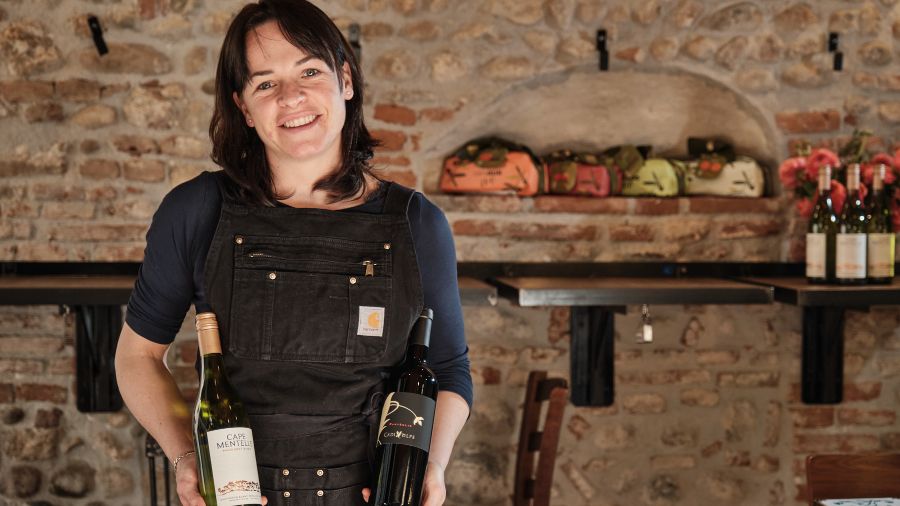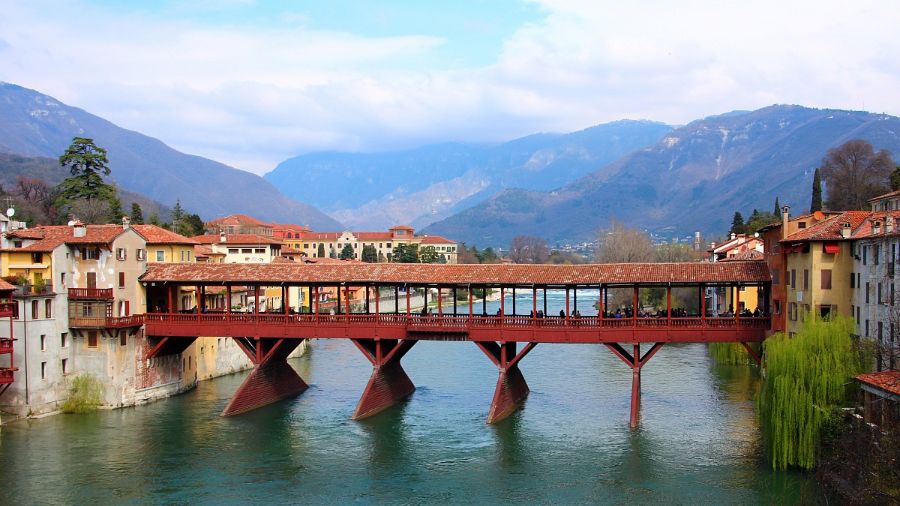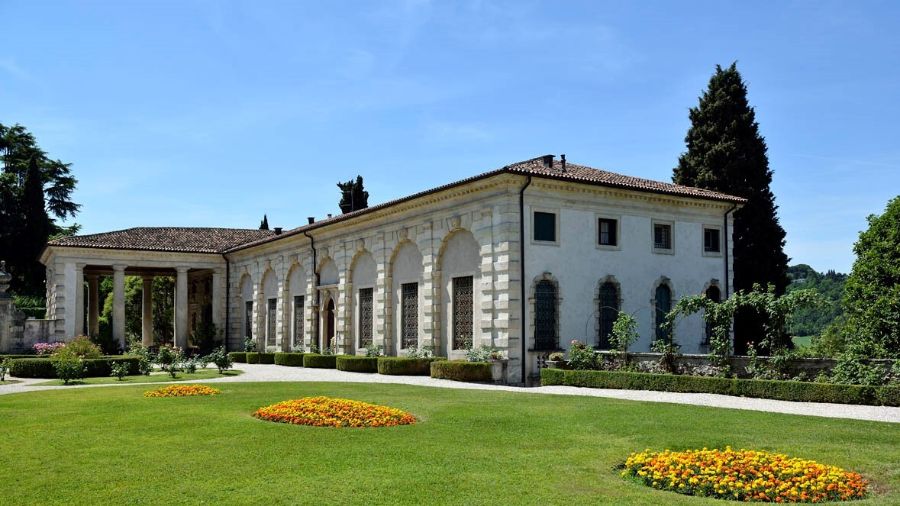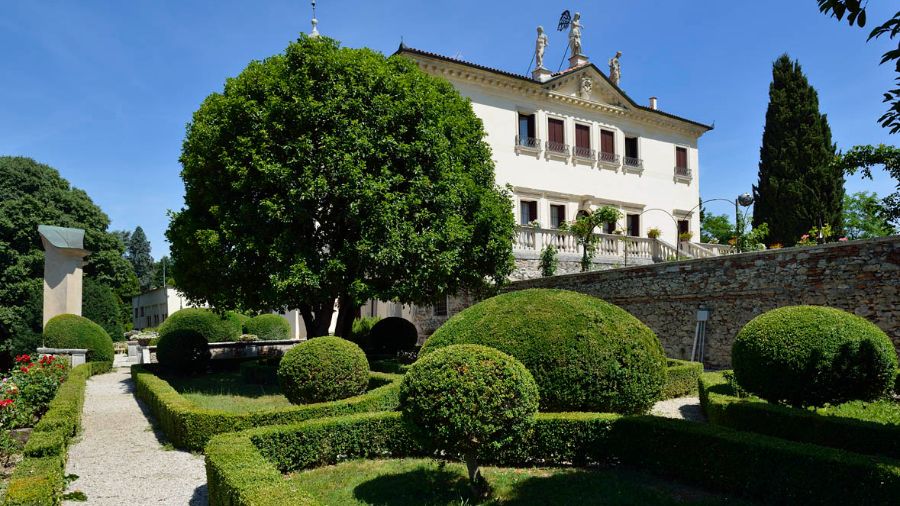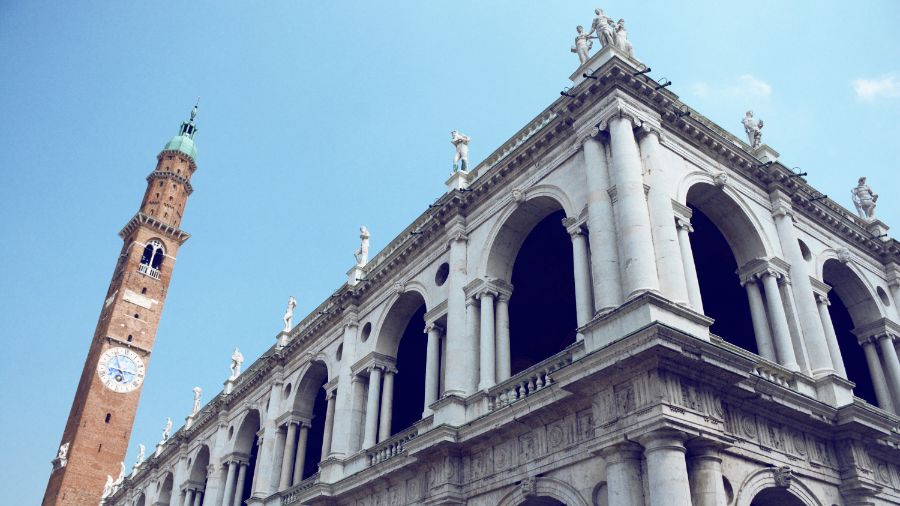Andrea Palladio, born Andrea Di Pietro Della Gondola, is one of the most renowned architects of the past five centuries. His unique approach to construction, detailed in his work “The Four Books of Architecture,” published in Venice in 1570, continues to inspire amateurs, architects, and scholars alike. The numerous copies of Palladian structures found throughout the world, including the White House, the home of American political power, which is a declared replica of the Villa Rotonda that Palladio designed for Paolo Almerico, serve as a testament to his enduring influence.
Before visiting Vicenza, Italy, it is essential to know these four important facts about him:
1# Vicenza, Italy and the Palladian villas are now UNESCO World Heritage Sites
Andrea Palladio was renowned for his exceptional talent in designing and planning the famous Palladian villas, which are considered works of art of extraordinary genius and beauty. These historic mansions were intended to serve as centers of land ownership and places of well-being, health, study, and reflection.
Palladio also designed several palaces, including two particularly remarkable ones: the Basilica Palladiana and the Teatro Olimpico, both located in the center of Vicenza. In 1994, UNESCO designated Vicenza as a World Heritage Site due to its uniqueness, particularly the work of architect Andrea Palladio. Two years later, in 1996, the Palladian villas of the Veneto region were also recognized with a UNESCO award, acknowledging them as a collection of outstanding architectural works created by Palladio. This recognition testifies to the importance and beauty of the villas, not only as historic residences, but also as a priceless collection of works of art.
| Keep reading: Vicenza and Palladio: a journey through its UNESCO wonders |
2# Palladianism lives on today with its ideals of symmetry, order and elegance
Andrea Palladio was a revolutionary figure in classical architecture, creating works that embody purity and simplicity in harmony with both man and nature. He was unparalleled in his ability to balance proportion, light, and materials, drawing inspiration from classical Greco-Roman antiquity to develop a unique style that forever altered the course of architectural history, particularly in the Western world. His ideals of symmetry, order, perfection, and elegance culminated in a new style known as Palladianism, which had an enormous cultural and stylistic impact that lasted until the 18th century, spreading throughout Europe and beyond. Fortunately, the needs of his era have remained relevant to this day, making Palladio’s architectural solutions still valid and an inspiration to modern architecture.
3# The material used in his architecture – The White Stone of Vicenza
“Pietra Bianca” (White Stone) of Vicenza is a soft, light-colored stone that is quarried from the Vicenza mountains, including the Berici Hills, Valchiampo, and the Asiago Plateau. Andrea Palladio extensively studied this stone and became an expert in its use. He incorporated it into various elements of his architectural works, such as bases, columns, capitals, lintels, friezes, and staircases. Due to the abundant availability of this material, Palladio was able to ensure a majestic appearance to mansions while also saving money for noble patrons.
In general, Palladio was a master of using humble materials like plastered brick, stucco, and wood to achieve monumental effects. This ability allowed him to create striking and awe-inspiring buildings.
4# The mysteries surrounding the figure of Palladio
Although we can still admire and appreciate much of Andrea della Gondola’s professional life as the best-known architect of the past five centuries, we have very little information about his private life. He was born in Padua in the early 1500s, and his death remains uncertain. He disappeared abruptly in August 1580, and there is no record of where or why or even where his body may be buried.
After centuries of uncertainty regarding Andrea Palladio’s physical appearance, a recent investigation has finally solved the mystery of his face. Through collaboration between art historians from the Palladio Museum and the Scientific Police, the physical features of twelve paintings depicting him were compared, as there was no official portrait of the architect.
You just have to come to Vicenza to admire his wonders with your own eyes!

